This month on the Planet Classroom Network, audiences globally can screen Counter-Mapping, the story of traditional Zuni farmer Jim Enote. As Director of the A:shiwi A:wan Museum and Heritage Center, Jim works with Zuni artists to reconnect them to their land, challenging the arbitrary borders imposed on the Zuni World.
Counter-Mapping is directed and produced by Emmanuel Vaughan-Lee and Adam Loften. Vaughan-Lee is a nominated filmmaker and composer. His award-winning films have been featured on PBS and National Geographic, and screened at festivals worldwide.
The Global Search for Education is pleased to welcome Director Emmanuel Vaughan-Lee.
Emmanuel, the process of counter-mapping brings places, traditions, and histories back to life for the Zuni people. In reference to the power of his work, Jim Enote expresses that “when people have a map that is part of affirming their identity, it tells them that they are of this place.” How has counter-mapping restored a sense of physical union with Zuni land, and solidified a cultural connection to the legacy of the Zuni people?
The film Counter Mapping, directed by myself and Adam Loften, tells the story of how maps, created by Zuni artists, are transcending colonial views of mapping and how they impose boundaries on the landscape and the Zuni cosmology, worldview, and perspective. In the film, Jim Enote shares how Zuni artists are being offered a way to share their perspective of relationship to place, land and landscapes, and history. When we look at a map, this might look like unconventional means. Maps are memories, stories, prayers; they are non-linear. They are over-lapping stories that don’t look like anything like lines drawn over a landscape determining to get from A to B or what we think of when we think of a map.
Enote’s counter-mapping efforts were built on the powerful foundation of artistic artifacts created by and for his Zuni ancestors. What is the significance of this creative approach to the strength and impact of this movement?
That is what makes these maps so powerful and transformative for both the Zuni people and anyone who sees them. The maps are somewhat new to Zuni art in that they specifically were an invitation to challenge western notions of mapping and reclaim connections to culture, place, and landscapes through the act of creating an experience of relationship to a landscape and calling it a map. You might look at this map and think this is just a landscape painting superimposed with images of a goddess, god, or symbols, but in fact they are multilayered connections to place that make up the Zuni worldview.
What do you believe or hope are the main takeaways for the audience in Counter Mapping?
Their maps bring alive something that it is in their culture, and it is alive in the memories and experiences of the people that live there. It offers an inspiration to people around the world to rethink how you might define a map. It’s not just for the Zuni people. I think what Jim has created invites anybody to think about what is our relationship to place and how would we present that visually? Would it be lines on a map determining the geographical borders of place? Or could it be something much more magical, much more alive and personal—a memory, an experience that is translated through a visual medium in a way that can express ourselves and who we are in relationship to where we live.
Thank you Emmanuel
C. M. Rubin and Emmanuel Vaughan-Lee
(All photos are courtesy of the Global Oneness Project)
Now showing on the Planet Classroom Network, Counter-Mapping.

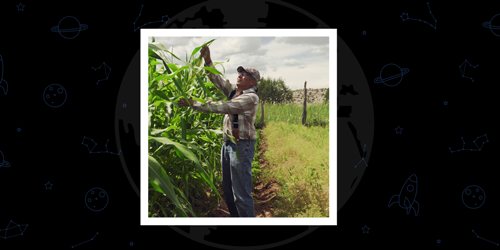
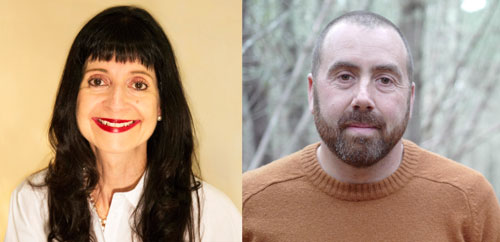
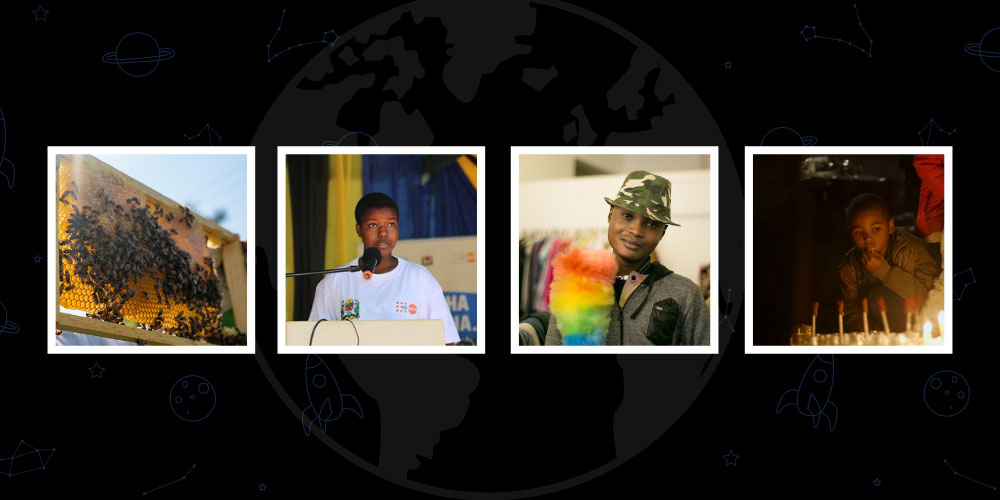
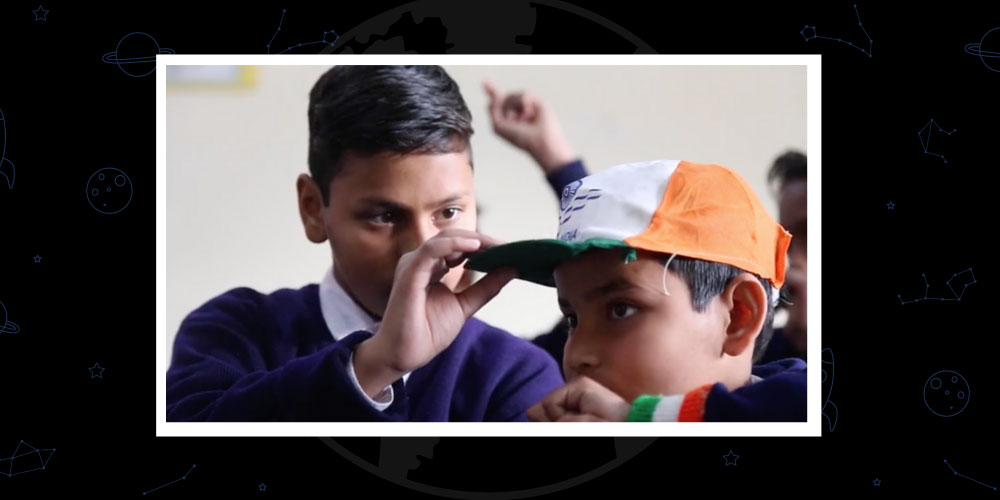
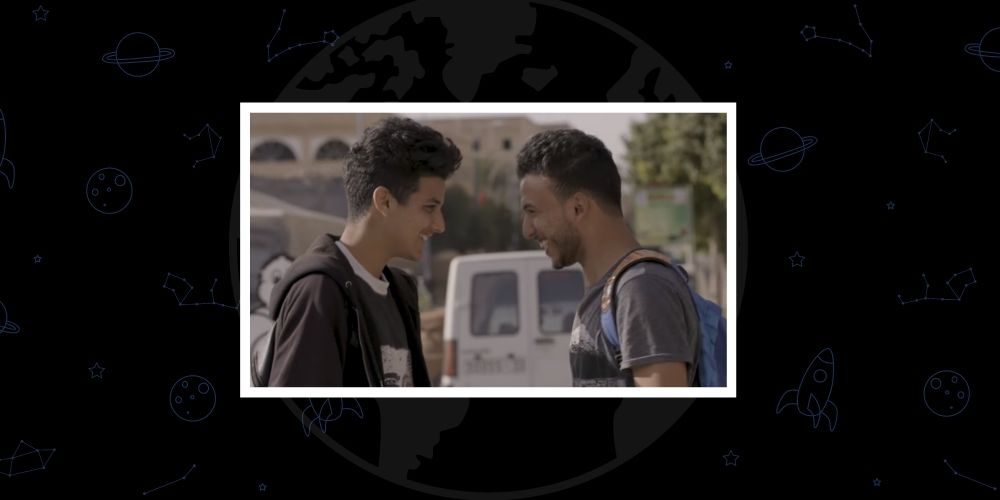
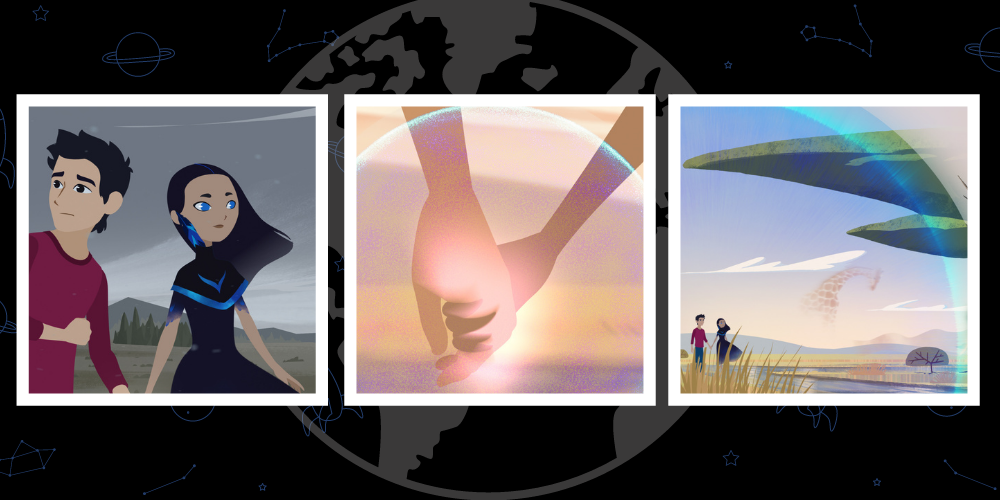
Recent Comments